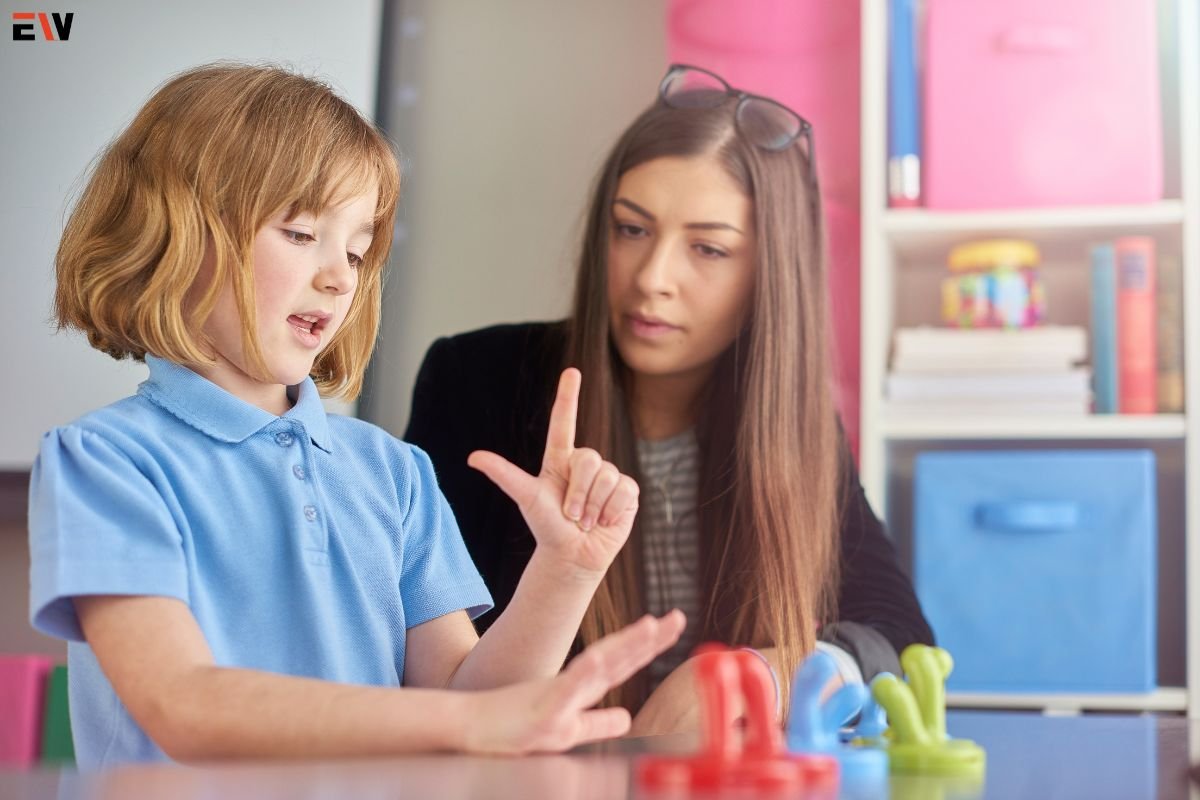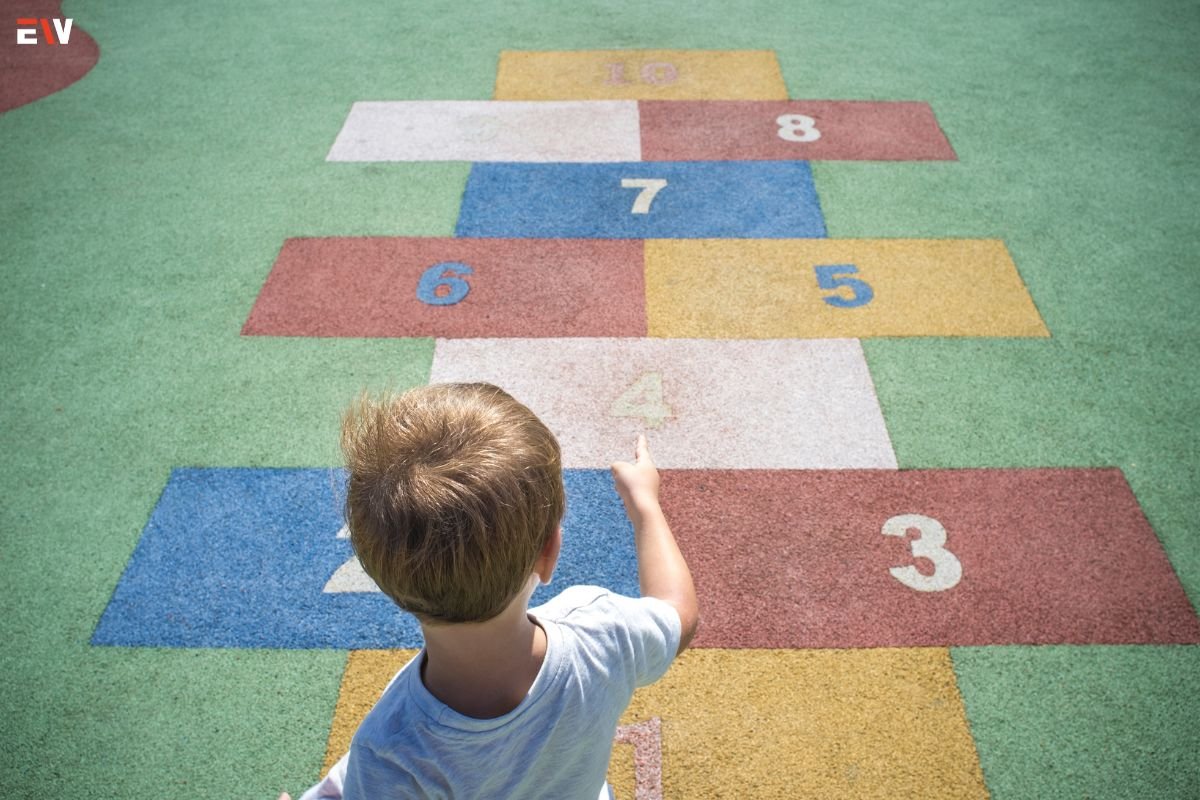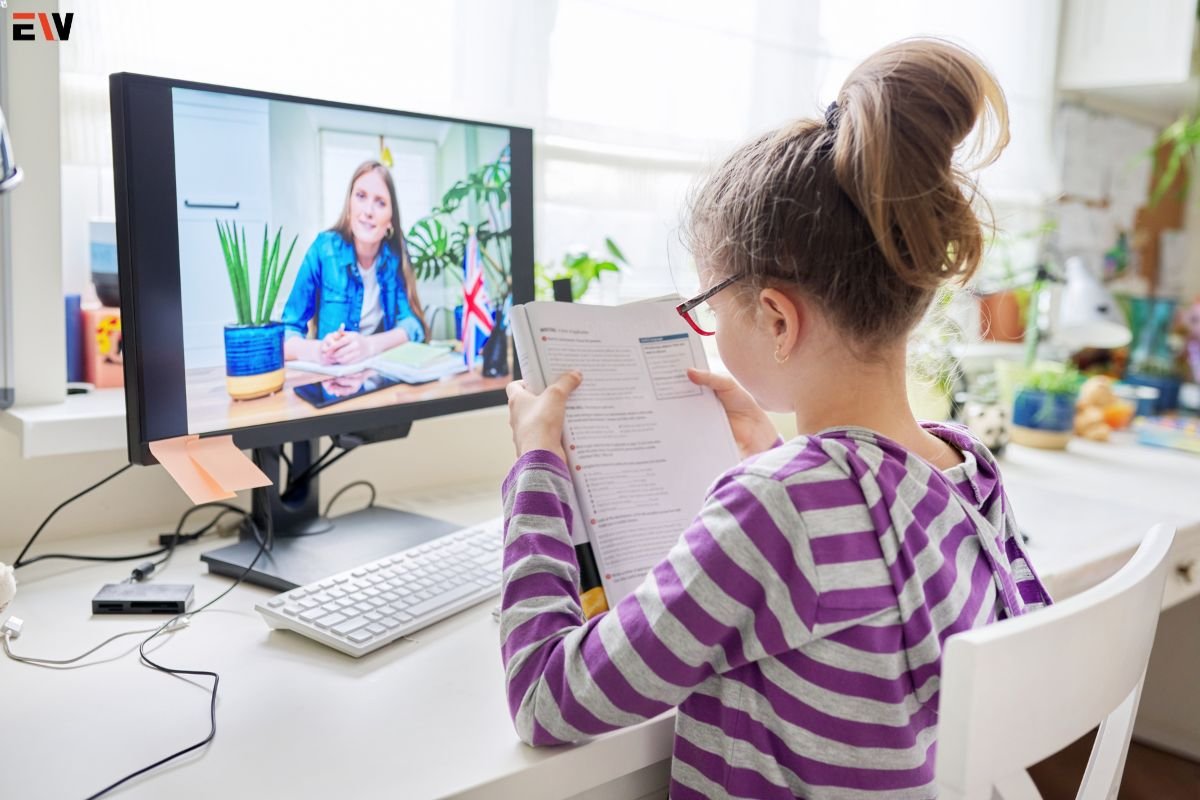The first step curriculum is the foundational framework upon which a learner’s educational journey is built. Designed to introduce fundamental concepts, skills, and knowledge, the first step curriculum lays the groundwork for future academic success and lifelong learning. In this guide, we’ll explore the significance of a first-step curriculum, its key components, and strategies for designing and implementing effective early childhood education programs.
Understanding the First Step Curriculum:
The first step curriculum is typically designed for children in their early years of development, ranging from infancy to preschool age. It encompasses a broad range of cognitive, social, emotional, and physical domains, tailored to meet the developmental needs and abilities of young learners. The primary goals of a first-step curriculum are to foster curiosity, stimulate learning, and promote holistic development across multiple domains.
Key Components:
1. Early Literacy and Language Development
The first step curriculum introduces children to the building blocks of literacy, including phonemic awareness, vocabulary development, and early language skills. Activities such as storytelling, rhyming games, and interactive reading sessions lay the foundation for future reading and writing proficiency.
2. Mathematics and Numeracy Skills

Basic numeracy concepts such as counting, sorting, patterning, and spatial reasoning are introduced through hands-on activities, games, and manipulatives. These activities help children develop a conceptual understanding of mathematical concepts and problem-solving skills.
3. Social and Emotional Development
The first-step curriculum emphasizes the importance of social-emotional learning (SEL) skills such as self-awareness, self-regulation, empathy, and social interaction. Through group activities, cooperative play, and guided discussions, children learn to manage their emotions, navigate social relationships, and develop positive social behaviors.
4. Physical Development and Gross Motor Skills
Gross motor skills such as crawling, walking, running, jumping, and balancing are essential for children’s physical development and overall well-being. The first-step curriculum includes activities that promote physical activity, coordination, and spatial awareness, fostering healthy habits and physical literacy.
5. Creative Expression and Artistic Development
Encouraging creativity and self-expression through art, music, and imaginative play is an integral part of the first-step curriculum. Artistic activities such as drawing, painting, sculpting, and dramatic play allow children to explore their creativity, develop fine motor skills, and express themselves artistically.
Strategies for Designing an Effective First-Step Curriculum:
1. Child-Centered Approach
Design the curriculum around the unique needs, interests, and developmental stages of individual children, taking into account their diverse backgrounds, abilities, and learning styles.
2. Play-Based Learning

Emphasize play-based learning experiences that are hands-on, experiential, and developmentally appropriate. Play allows children to explore, experiment, and make sense of the world around them while developing critical thinking skills and creativity.
3. Integrated Curriculum
Integrate content and activities across multiple domains, creating meaningful connections and promoting holistic development. For example, a nature-themed unit could incorporate science concepts, literacy activities, and outdoor exploration.
4. Assessment and Reflection
Regularly assess children’s progress and development using a variety of observation techniques, informal assessments, and portfolios. Reflect on children’s learning experiences, interests, and strengths to inform curriculum planning and individualized instruction.
5. Collaboration and Communication
Foster collaboration and communication among educators, parents, and caregivers to support children’s learning and development both in and out of the classroom. Share information, resources, and strategies for promoting continuity of learning and positive outcomes.
6. Cultural Responsiveness
Ensure that the first step curriculum reflects and respects the diverse cultural backgrounds, languages, and traditions of the children and families it serves. Incorporate multicultural literature, music, art, and celebrations into the curriculum to foster a sense of belonging and appreciation for diversity.
7. Outdoor and Nature-Based Learning
Provide opportunities for outdoor exploration and nature-based learning experiences to connect children with the natural world and promote environmental stewardship. Outdoor play and exploration stimulate curiosity, creativity, and physical activity while fostering an appreciation for the environment and nurturing children’s sense of wonder and awe.
8. Parent and Family Engagement
Engage parents and families as partners in their children’s education by providing opportunities for involvement, communication, and collaboration. Offer parent education workshops, family events, and home-based activities that reinforce learning and promote positive parent-child interactions.
9. Flexibility and Adaptability
Recognize that children develop at their own pace and may have different learning styles, preferences, and needs. Design the curriculum with flexibility and adaptability in mind, allowing for individualized instruction, differentiated activities, and accommodations to support diverse learners.
10. Continuous Professional Development

Invest in ongoing professional development and training for educators to enhance their knowledge, skills, and competencies in early childhood education. Provide opportunities for collaborative learning, peer mentoring, and reflective practice to support educators’ growth and effectiveness in implementing the first-step curriculum.
Conclusion:
A well-designed first-step curriculum lays the foundation for children’s lifelong learning journey, equipping them with the knowledge, skills, and dispositions they need to thrive in school and beyond. By embracing a child-centered approach, fostering play-based learning experiences, integrating curriculum across multiple domains, and promoting cultural responsiveness, outdoor exploration, and family engagement, educators can create rich and meaningful learning environments that inspire curiosity, ignite creativity, and instill a love for learning from the very first step.
Through continuous professional development, collaboration, and a commitment to excellence, educators can ensure that every child receives the support, encouragement, and opportunities they need to reach their full potential and become lifelong learners and global citizens.










